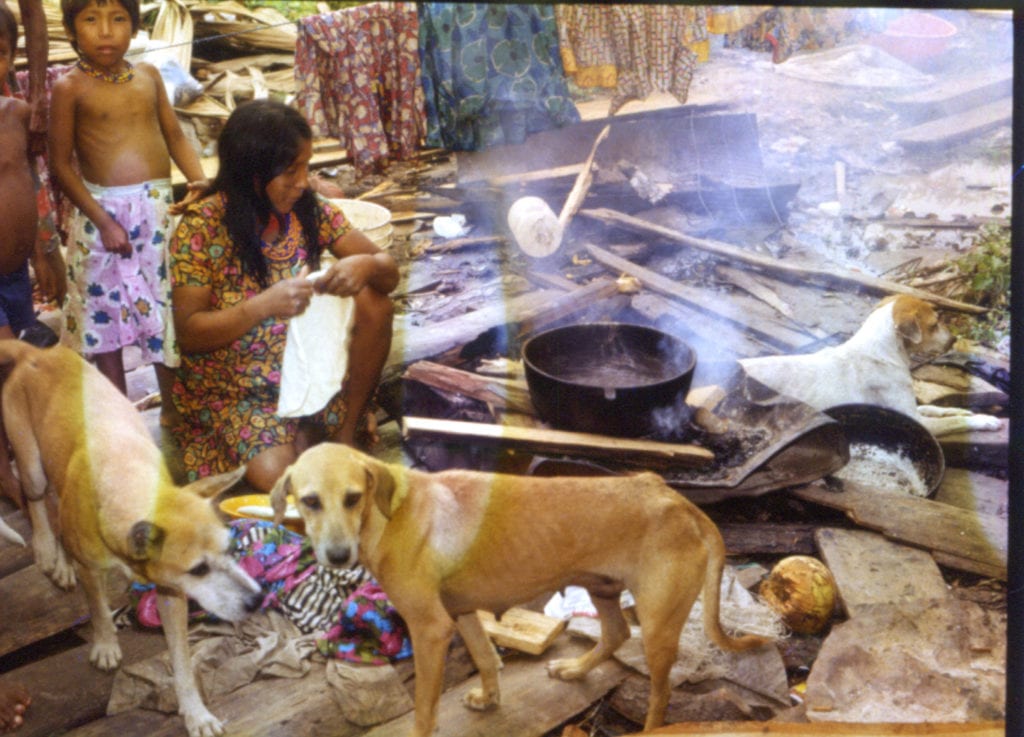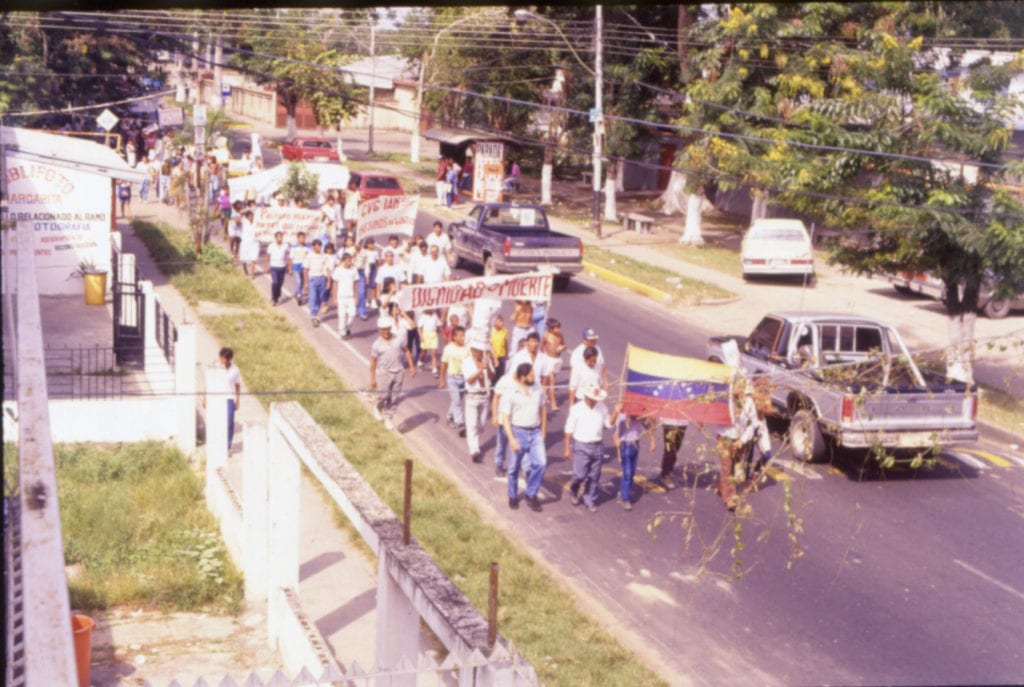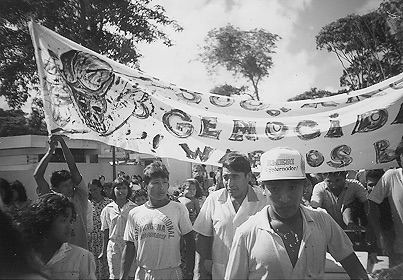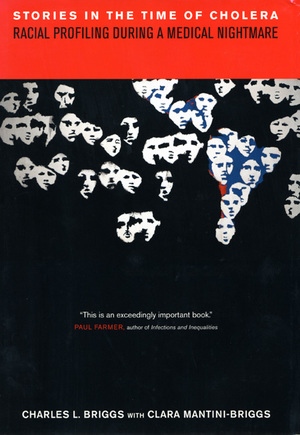by Charles L. Briggs, author of Stories in the Time of Cholera: Racial Profiling during a Medical Nightmare
In New York City, low-income, especially racialized communities are trapped as the rich flee for areas where population density and infection rates are lower. Lacking access to resources needed to prevent infection, those left behind die at high rates.
These sentences may sound like lines from a COVID-19 news story, but they actually describe the cholera epidemic that overtook New York City in 1832. As an anthropologist who witnessed a cholera epidemic that killed some 500 indigenous residents in Venezuela’s Delta Amacuro rainforest in 1992-1993, I am struck by parallels to the current pandemic—particularly policies leading to increased rates of African American, Native American, and Latinx hospitalization and death.
While SARS-CoV-2 is a new virus, cholera is an old killer. Nevertheless, it had been absent from Latin America for a century; laypersons and health professionals were thus similarly taken by surprise. Deep, persistent structural inequalities led cholera to decimate indigenous residents. Cholera is a water-borne disease, but the oil-rich Venezuelan government had never provided potable water, sewage facilities, or more than minimal healthcare for indigenous communities. Similarly, study after study has shown that worse health indicators for African American, Latinx, and Native American US populations are due to less access to healthcare and lower-quality treatment, inadequacies of such basic resources as adequate water, food, employment, and housing, and the cumulative effects of racism and inequality.

Delta Amacuro health officials deflected blame and drew attention away from policy failures by concocting blame-the-victim narratives, circulated in local and national newspapers, that falsely stereotyped indigenous residents as believing in spirits rather than medicine, as rejecting doctors in favor of healers. Photographs appearing with news stories seemed to provide evidence of unhygienic practices actually, but they actually captured how cholera refugees were forced to live on the mainland, where they encountered stigma rather than support. While these simplistic narratives largely satisfied official explanatory requirements, rainforest residents mustered all available resources to search for underlying causes. Some hypothesized that officials had dumped barrels containing Vibrio cholera in the Orinoco River above indigenous communities. Hearing about the US bombing of Iraqi in 1990, others told me that “my leaders” had caused the epidemic: ocean currents brought poison from bombs to the delta. As indigenous peoples protested “500 years of resistance” in 1992, still others dated the beginning of the epidemic to Columbus’ 1498 visit to the delta, locating cholera in a long history of colonial exploitation. To be sure, such explanations did not stop delta residents from seeking medical care or learning to boil or chlorinate water.

It is easy to dismiss such narratives as conspiracy theories, but studying them ethnographically led us to see how they informed creative efforts to look at broader historical, geographic, and political-economic patterns. Even if the specific logics may not seem convincing, these collective searches for underlying causes sparked protests and demands for equality and justice. Tragically, these demands went unanswered. The epidemic’ aftermath was shaped less by scientifically-based policies than more stigmatization and injustice.

This pattern is now repeating on a massive scale, augmenting inequalities in ways that a vaccine will never cure. Racializing SAR-CoV-2, President Trump “used one of his signature Sharpies to cross out the word ‘corona,’ changing the phrase to ‘Chinese virus'” in the script provided for his daily Coronavirus Briefing, to the chagrin of infectious disease specialists. A classic conspiracy theory similarly ties the origin of a pandemic to a virus weaponized against the United States after its purported creation in a Wuhan lab. Conspiracy theories of the wealthy and powerful surround us.
As readers return to Stories in the Time of Cholera for insights into the pandemic, I would like to suggest some takeaways. COVID-19 is not “unprecedented” as we are constantly told: underlying structural factors and policy decisions predictably enable the virus to strike racialized minorities the hardest. Widespread protests are now expressing rage over police killings of African Americans and the lack of response over decades to demands for an end to violence directed at racialized minorities. Rather than pretending that viruses and bacteria are “natural causes” of striking inequalities, we must transform COVID-19 into an epidemic of justice, making it a tipping point for creating policies and practices that embody equality. Where might we look for sources of the tremendous creativity that will be needed to effect this transformation? My experience in the cholera epidemic suggests that a crucial first step is to listen to the people who are most impacted by both stigma and disease. Building coalitions with community-based organizations and health professionals in African American, Latinx, and Native American populations will help turn an intimate tango with a dangerous virus into an opportunity to craft better futures for all of us.

